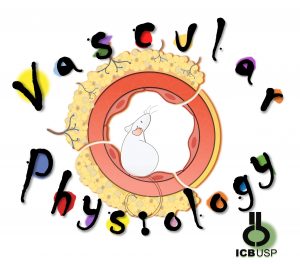ADRESS
Biomedical Sciences Institute – ICB I
University of Sao Paulo
Av. Prof. Lineu Prestes, 1524 – Room 225
Cidade Universitária – Butantã
São Paulo, SP – Brazil
ZIP CODE: 05508-000
CONTACT
Luciana Venturini Rossoni, PhD, MD
Associate Professor
Department of Physiology and Biophysics – ICB/USP
E-mail: lrossoni@icb.usp.br
Phone: +55 (11) 3091-8038

